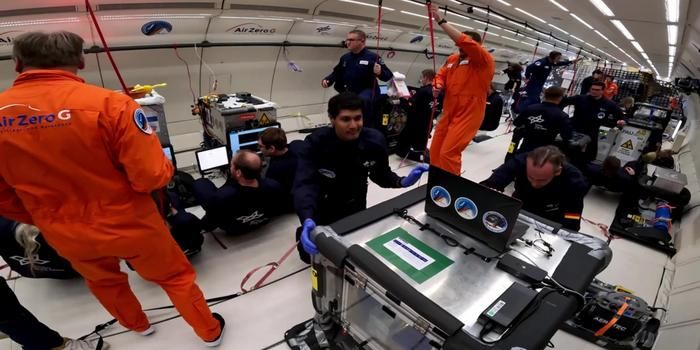Truck Platooning: The Band of Semi-Trailers
The debut of Tesla’s electric semi-trailer last Thursday spurred debates about the future of trucking. In addition to the capacity of Tesla battery, the quick accerlation of the semi, a major focus was placed on how autonomous driving technology shapes the future of the transportation of goods. Tesla’s semi-trailer, however, is not the only fish in the sea. Trailer truck manufacturers such as Scania, Volvo and Daimler are all planning and testing their version of autonomous trucks. Trucking technology and automation designers like Peloton Technology and Omnitracs are also in the race to develop systems that can allow trucks to drive themselves.
How does truck platooning work? Credit: PSA and Ministry of Transport
But, one thing that a lot of media missed is that the autonomous driving technology can enable a technique called “truck platooning,” in which multiple trucks follow closely behind a lead truck to take advantage of improving aerodynamics while using sensors and radar technology to synchronize their speeds and routes. Peloton, an Intel-backed startup company, predicts that platooning would become a significant money saver by increasing fuel efficiency and reducing emissions.
The external structures that help improve the aerodynamics of semi-trailers. Credit: Chowdhury et al. / Procedia Engineering
If there is one thing to be said about semi-trailers, is that they are enormous, clunky monsters that have the worst wind resistance among all vehicles. Engineers have devoted a lot of efforts to reduce aerodynamic impact by adding various fuel saving devices to trucks like front faring, side skirting and gap filling. A combination of these external attachment often helps cutting down the aerodynamic drag up to around 26%. With platooning, the improvement of aerodynamics can go even further: a truck that follows the lead vehicle at the right distance can consume up to 15% less fuel.
On tops of improving the aerodynamics, truck platooning have many other potential benefits. It can reduce congestion (with trucks traveling all in one lane), and substantially shorter commutes during peak periods. On longer highway trips, thanks to autonomous technology, vehicles could be mostly unattended while in the following mode.
But the experts also caution about the downsides. The platooning system developed by Omnitracs already failed to defend against hacking from remote computers. Drivers would feel less in control of their driving, being at the hands of computer software, or the lead driver. What is more, drivers may be less attentive than usual, and they may not be able to react as quickly to adverse situations if the software or hardware fails.
Platooning development is occurring in parallel with the race to develop autonomous technology for personal vehicles. But the motivations for platooning are different with many technological challenges involved. Maybe in the near future, we may see semi-autonomous trucks driving across the country in platoons.
Peloton's Platooning Explainer on Connecting Trucks . Credit: Transport Topics
Featured image: Tesla Semi-Trailer. Credit: Tesla Motor










